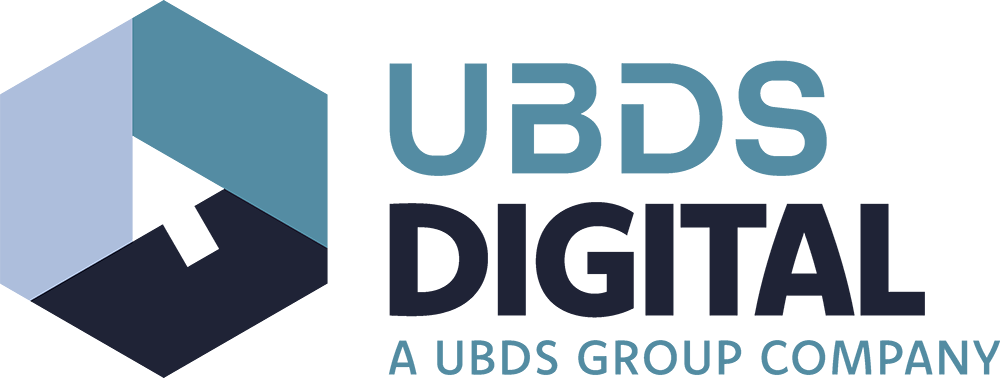
How an Appropriate Target Operating Model Can Set Your Organisation Up For Success

for the latest insights
It is currently estimated that on average 70% of digital transformation projects fail which, as reported by Forbes in 2014 , represents roughly $900 billion. A quick Google search reveals a large number of resources highlighting the misaligned senior leadership or existence of functional silos as just some of the reasons why this happens.
Since digital transformations are driven by strategic organisational changes and not technology alone , it makes sense for organisations to focus on creating an appropriate target operating model (TOM) as a foundation for undergoing a digital transformation that will successfully deliver the desired benefits and outcomes.
UBDS can help you answer the following questions in order to design an optimal target operating model for your organisation:
How can your current activities be categorised?
Firstly, we will assess your operational activities and estimate the indicative levels of automation, standardisation, and centralisation of the functional processes within your organisation:
- Level of existing automation will tell us how many tasks and activities are still performed manually and are therefore prone to higher error rates and longer turnaround times which can be easily resolved through application of appropriate technologies.
- Lack of standardisation usually results in a large number of workarounds which require specific knowledge and experience to execute and therefore create a burden on the organisation without bringing any benefits in return. On the other hand, higher levels of standardisation mean that tasks and activities can be performed centrally and therefore remove the need for single points of failure and reduce potential downtime or staffing issues. We therefore believe that higher levels of standardisation result in higher level of centralisation when it comes to the execution and delivery of individual tasks and activities as a part of larger process flows.
What can your current operating model tell us about your organisation?
Before we can talk about a target operating model, we have to establish what the current operating model looks like.
Traditional operating models tend to concentrate around work that is performed manually, whether that work consists of repetitive tasks or data analysis focused on identifying patterns and trends in process performance. Such operating models rarely benefit from transfer of knowledge or scalability as the tasks are often performed differently within individual business units with no data integration. The execution of tasks and activities related to individual functional processes carries a high level of complexity which makes it difficult if not impossible to simplify such processes and make change as the holistic overview of all interdependencies often does not exist.

What is the appropriate target operating model for your organisation?
Once your current operating model is established, an appropriate level of operational shifts enabled by technology will be recommended. As an example, two high-level target operating models are offered below indicating the major shifts that will allow your organisation to realise the largest scope of the desired benefits:
The first TOM model represents a shift towards a more integrated operating model which means that organisations move towards a certain level of standardisation of those tasks and activities (A and B) that can be performed on the enterprise level. This type of a target operating model can help organisations leverage the benefits gained from scalability and partial automation while retaining some work performed locally due to its specific or unique nature that cannot be easily scaled across the whole organisation. A small number of tasks (C) can be still performed manually and can represent such workarounds that are linked to a way of working for some teams. This shift, while not enabling a full scope of benefits, aims to optimise and streamline the existing functional processes without requiring major disruptions in the business operations.

To-be Target Operating Model - Option 1
The second TOM model represents a further shift towards a digitally enabled operating model resulting in an organisation which embraces an enterprise-wide standardisation and supports most of the tasks and activities (A and B) through the use of appropriate technologies and tools. A small number of tasks (C) can be still performed locally in line with needs and preferences of some teams but these are now mostly automated. Data lives at the core of a digitally enabled operating model, flowing throughout the value chain so leadership can gain and use insights to continually improve operations, create a scalable digital foundation, better deploy human capital, enhance client experience, and accelerate growth. In this case, functional processes are designed to deliver the best value and experience for its users and customers.

To-be Target Operating Model - Option 2
How can we help you design the right target operating model?
At UBDS, we believe in adjusting rigid frameworks to the actual needs of our clients. We will help you understand what dimensions of digital transformation matter to you through interactive workshop sessions, and how these can be measured going forward. The outcome of this work is a clearly defined TOM aligned with your corporate mission, vision, and overarching strategy.
As the core function of any operating model is to understand and outline how different units of an organisation will interact and communicate with each other, we will make sure that the best user and customer experience is embedded throughout your new target operating model. We will use user journey mapping and ideation workshop sessions to understand the pains, needs and wants of your key users and then build on those to produce fit-for-purpose solutions that will improve the overall future experience of your users or customers. We will also focus on identifying missed areas of opportunity that will give you the competitive advantage you have been looking for.
User-centricity is at the heart of everything we do. We will therefore help your business to understand their key needs and translate those into the functional outcomes that will truly help you create the future where your business is able to function as intended and where your people can focus on the work that matters and adds value to your business.
We will bring all individual pieces of information into a target operating model tailored specifically to you in order to ensure that we give you a clear path from your current ‘as-is’ environment all the way through to your desired future state.
What’s next?
At UBDS we design a fit-for-purpose digital strategy for each of our clients ensuring that any proposed solutions will result in a high adoption rates and successful project delivery. We are a Microsoft Catalyst Programme partner, can see if your organisation is eligible for funding to help create your strategy, prove your business case and ensure your ultimate success. Contact us to chat about your requirements.

Looking for
exceptional outcomes?






